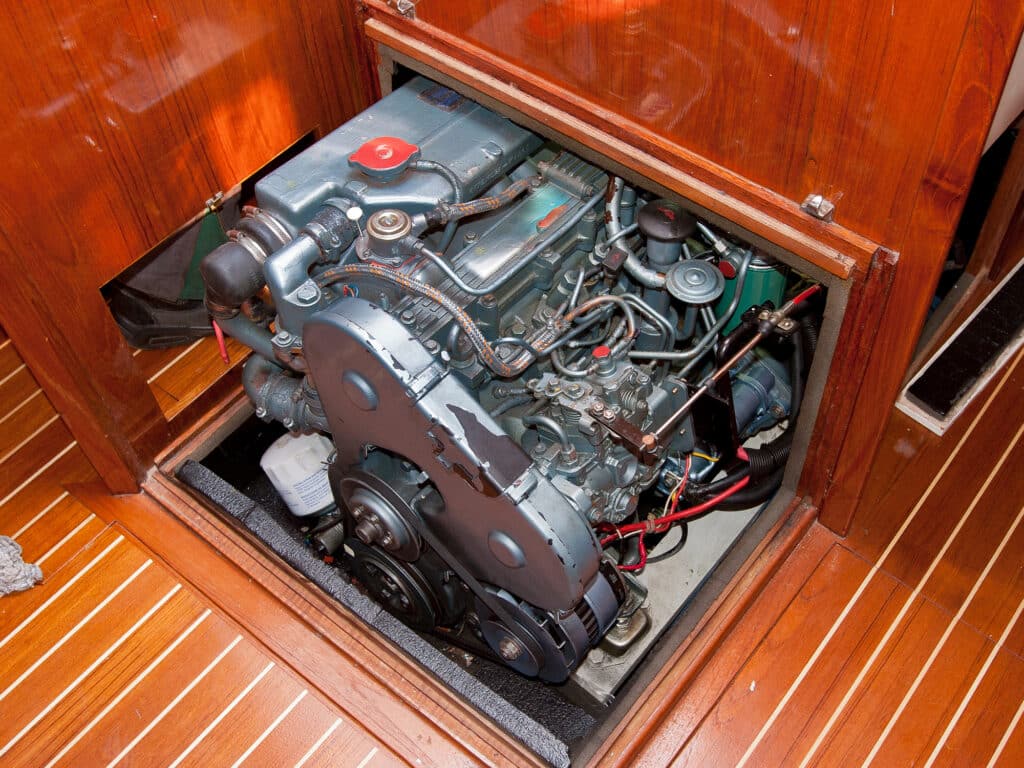
Preparing your diesel engine for the upcoming season is a task not to be feared, as long as you follow a thorough checklist and take your time to ensure that each step is completed correctly. Here’s a guide to help you navigate the basics of the de-winterization process, and to ensure reliable performance and optimal engine health throughout the sailing season.
1. Inspect the engine compartment. Start by looking for any signs of damage, leaks or corrosion that may have occurred during the winter months. Check all hoses, belts and connections for cracks, wear or deterioration, and replace any damaged components as needed.
2. Change the engine oil and filter. Drain the old engine oil and replace it with fresh, high-quality diesel-engine oil of the recommended grade. Also, replace the oil filter to ensure optimal engine performance and lubrication during the upcoming sailing season.
3. Check the fuel system. Look for signs of contamination or water buildup that may have occurred during storage. Drain any water or sediment from the fuel tank, and replace the fuel filters to ensure clean fuel flow to the engine.
4. Inspect the cooling system. Check the coolant level, and top off the coolant if necessary. Inspect hoses, clamps, and connections for leaks or damage. Ensure that the raw-water intake and cooling system are free from debris or blockages that could affect engine cooling.
5. Inspect and test the batteries. Check the condition of the batteries, and clean the terminals to ensure good electrical connections. Charge the batteries fully. Test them to ensure that they are holding a charge and are capable of starting the engine reliably.
6. Pre-lubricate the engine. Before starting the engine for the first time after winter storage, manually turn the crankshaft a few times using a wrench or socket. This helps circulate oil throughout the engine and prevents dry starts, reducing wear on engine components.
7. Start the engine and monitor it. Once everything is inspected, cleaned and prepared, start the engine, and let it run at idle for a few minutes to ensure proper oil circulation and fuel flow. Watch the engine gauges for abnormalities, and listen for unusual noises or vibrations that may indicate issues.
8. Do a test run. Take the boat out for a short ride to ensure that the engine is running smoothly and performing as expected. Monitor the engine temperature, oil pressure and other vital parameters, and address any issues immediately.








